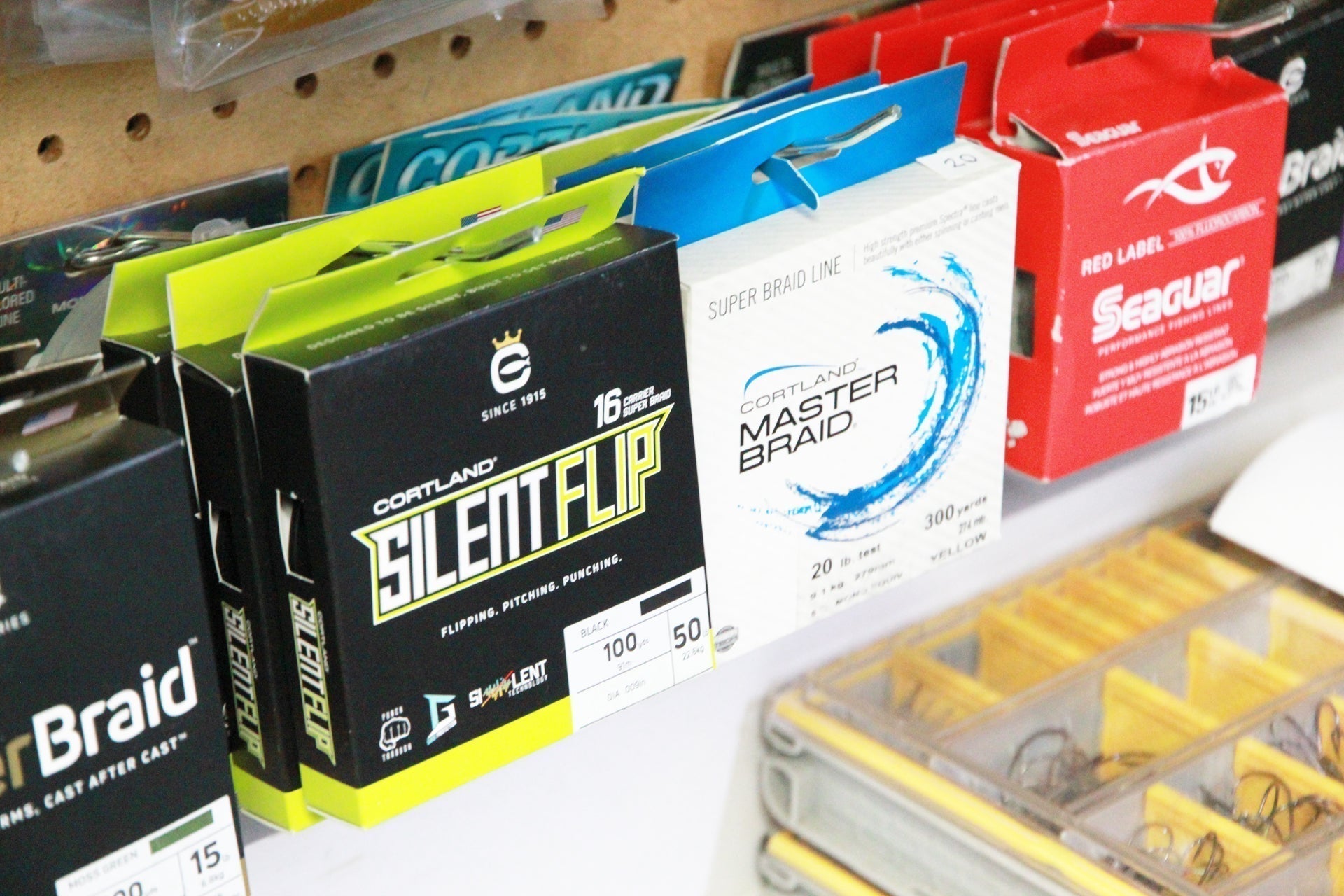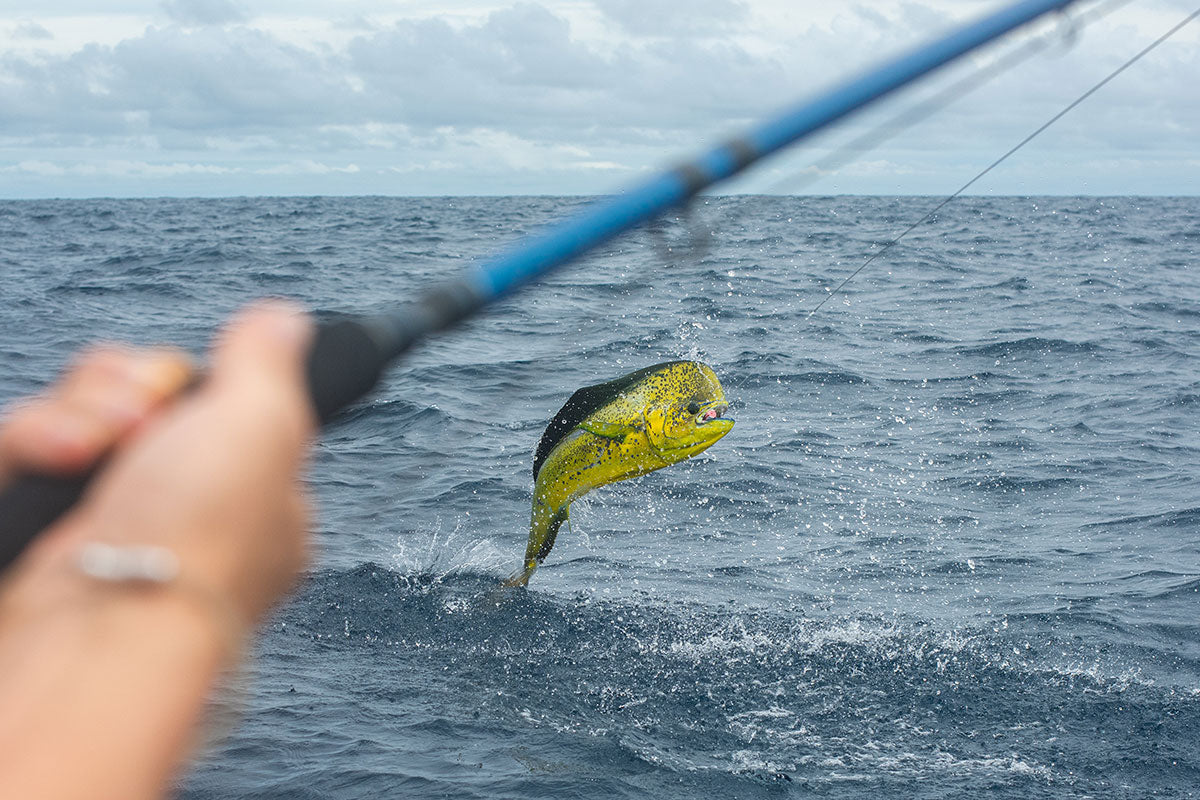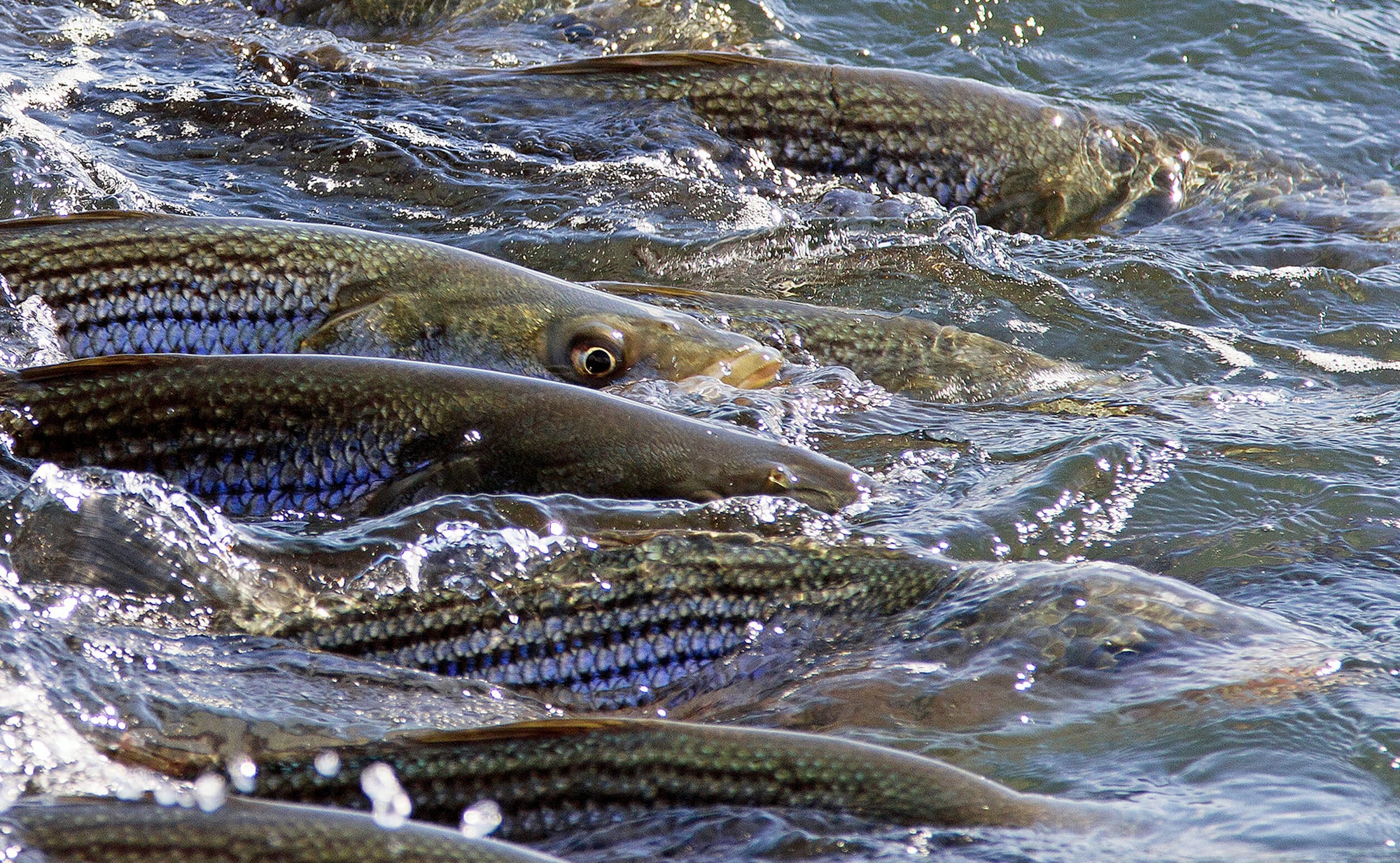Article Written by Andrew Ragas. Learn More About the Author Below / Article Read Time 10 Minutes
Fishing line is the most integral component of fishing tackle, and without it there is no catching by hook and line standards. Millions of miles get produced annually by a myriad of brands, and choosing the proper line to suit your needs has become a complicated subject for anglers to grapple. Adding to the difficulty of line choices and selection, dozens of brands and line types have cluttered the marketplace, further complicating matters.
Distinguishing a line’s characteristics and identifying its functions will help enable anglers achieve their fishing goals. Knowing what line to use, when and where, is one of the most important skills to master. And the more you know about what line accomplishes, the more prepared you’ll be to make educated decisions and addressing fishing conditions.
When making your line choice, consider the target species and size of fish you’re pursuing, fishing style, habitat, lure weight, equipment, and the delivery and manipulation of artificial lures. Each consideration will influence in choosing the best line for the specific job.
As it relates to our bass fishing, we have three primary line types to choose from – braid, monofilament, and fluorocarbon. Each is manufactured under different tensile strengths (pound tests), which also determines estimated breaking pressure. Additionally, they all come in differing diameters, an important consideration for judging thickness and castability. Each line type has its pros and cons that will be your ultimate decision-maker.
Whether deep cranking with fluorocarbon, pitching and flipping with braid, or casting spinnerbaits and other search lures with monofilament, there’s a specific line for everything nowadays. Reference each table to learn how I apply line choice to each strategy type.


Monofilament – When and Where
Since the 1960’s, monofilament has been the most common line type for general use. More anglers have fished with mono than any other line. In recent years however, it has significantly declined in popularity and sales due to the advancements in fluorocarbon and braided lines and their wider-growing potential applications. A relic in comparison, monofilament lines are created from a single nylon fiber that is spun individually or with other polymers, creating a stiffer and stronger co-polymer line.
To date, monofilament has been the standard for most fishing applications, offering buyers diverse usability for excellent value. Only trouble, it has a short shelf life compared to fluorocarbon and braid. And due to its low cost, mono is the best introductory fishing line to use, with its users having no issue burning through spools of it.
Line size correlates to its diameter. For example, with mono, the heavier it is, the larger its diameter. Diameter also affects sink rate, and casting distance. Lighter weight mono lines between 2 to 8-pound test fish outstanding on spinning reels, while larger and heavier lines are best suited for casting reels.
Mono is soft and stretches under pressure, and these are important properties needed for cast and retrieve fishing methods where multiple hook and treble-hook presentations are utilized. Growing up on mono in the 1990’s through 2000’s, it has always been my first choice for fishing crankbaits, spinnerbaits, and other search lures under most conditions, settings and scenarios. Presently, it’s still my requirement for being able to fish soft jerkbaits and other minnow plastics most effectively.

For all lures with treble hooks, mono will be the better option due to its stretchability and shock abortion, but could end up losing head-to-head with fluorocarbon and its cult-following of anglers.
Mono floats, making it the better choice for a variety of topwater and other near-surface strategies. This buoyancy helps keep surface baits riding on top.
While the stretch factor is important for fighting fish and shock absorption, hook sets require extra effort and power in order for fish to remain hooked. Mono’s castability is easy, especially lighter line sizes between the range of 4 to 15-pounds, but casting distances in general will be lesser and suffer.
Mono is known to twist, and often times this is the reality of casting with it. Twisting will lead to coiling, wind knots, and abrasions forming more frequently. It is also known to jump off the spool. Consequently, reels spooled with mono will typically go through more line.
Giving final consideration to habitats and where to use, mono is best suited for clear waters with high transparency, and the lake regions where snags and cover will be non-factors. Oppositely, it’s a poor choice for fishing cover, rocks, and in current (rivers). You will favor braid in these instances.

Braid – When and Where
Braided superline is the most widely-used line type today, used for a myriad of species and applications. However, it is the most expensive per spool size. Depending on the brand, frequency of use, and the line user’s care, it can outlast all the other line types out there with an excellent shelf-life.
Braided line construction is nothing more than individually woven strands of Dacron, Spectra, or Dyneema material. Tightly woven, braided line does not stretch, will float, and can repel water to a certain extent. These characteristics make braided line an outstanding choice for all-around fishing, and specifically for heavy-cover fishing.
Cortland Line Company, with its flagship product Master Braid, is the most consistently performing super-braid in existence today. Its gel-spun fibers, treated with its FiberTech protection, are woven tightly together to create a tighter, stronger, and easier to cast line that’ll stack smoothly onto the reel’s spool. Unlike the braided super lines of old, this one doesn’t require any break-in period, and maintains its coloring and construction long after it gets spooled on.
A 15-pound spool of Master Braid will have the equivalent breaking strength of 4-pound mono. This strength, coupled with zero stretch, makes braid the top choice for bite detection and hook-setting power. This light diameter is integral to finesse fishing and light line applications.

Great for every-day fishing, braided lines have become staples to most anglers. It’s a must-have for smallmouth fishing, where we employ a mixed program of casting lures where powerful hook sets are needed, and bottom baits where we need bite detection and sensitivity. Its characteristics and properties cater well to these environments and fishing settings. Likewise for the largemouth fishing we do, braid is a necessity for pitching and flipping, fishing the weeds and slop, and extracting fish from cover. Refer to my lure guide and line chart to learn what sizes are suggested.
Braid is visible underwater, but that’s why we always attach mono and fluoro leaders to help mask it.

Due to thinner diameter and lack of memory, braid operates well on spinning reels, providing the user can control the line and manually close bail by hand. Additionally, braid casts much further than its counterparts. On the baitcaster, braid is the best introductory and all-purpose line for the angler to use.
While durable and strong for casting, braid does not hold up to abrasive conditions. One single cut in a strand of braid will affect and weaken the entire weave. Hence, we frequently snip off damaged and worn sections. Backlashes and wind knots are most common to braid, but easier to pick apart than fluorocarbon and mono.
I fish braids most frequently, but I care and nurture them lots. On average, most of my spinning and casting reels have Cortland Master Braid that’s been spooled to them for 3 to 5 years already. On my musky reels, I go through braid more frequently, every 2 years on average, as heavy lures and rapid line passage through the rod’s guides will wear on them quicker. I only re-spool when the warning signs are evident, or I’ve lost several yards due to the uncontrollable nature of wind knots and when unable to pick them out.
LINE CHOICE – Cortland Master Braid, Cortland Silent Flip

Fluorocarbon – When and Where
Of these three line types, fluorocarbon is newer and many advancements have been developed with it over the last decade. Originally meant for leaders, today’s newer-formulated lines now offer anglers main-line castability.
Its construction is similar to mono, except it is of single strand construction, low stretch and non-supple, invisible under water, abrasion-resistant, and sinks. Unlike mono, it does not absorb any water, making it a winner for achieving diving depth and fishing suspending baits and some bottom baits. The additional benefits of fluorocarbon are its sensitivity, strength, abrasion resistance, and less stretch for better hook-ups. Most of today’s top suspending jerkbait, swimbait, crankbait, worm fishing, and jig bait presentations are being delivered by fluorocarbon main line usage.

Positively, fluorocarbon is an excellent choice for clear water due to its invisibility, and fishing in and around snags, abrasive situations, and around cover. It holds up the best to rocks, zebra mussels, wood, and other jagged elements.
Personally speaking, fluorocarbon has several drawbacks. It is too stiff and rigid, making it unmanageable on spinning reels. On the other hand, it is adequate enough and most common on baitcasters, but casting distances suffer and backlashes with it are brutal.
Fluorocarbon is much more difficult to cast and control, and easier-casting fluorocarbon will come at a higher price. If you are novice caster, this is the worst line type to receive an all-around fishing introduction with.
Lastly, it is a sun-sensitive line. This will require maintenance on the user’s end for upkeep and storage. If left exposed to sunlight far too long, spool memory builds, and a mess of coiling will be on your hands.
For other than exclusively using as leader material to all of my braided main-line setups, and using as a main line for the casting and deep-water delivery of crankbaits, chatterbaits, Carolina rigs, worms and other plastics, I personally dislike the fishability, versatility, and functions of fluorocarbon. It clearly requires the most maintenance and troubleshooting, making it least user-friendly.
LINE CHOICE – Cortland Fluorocarbon (for leader material); Sunline FC Sniper, Seaguar Red Label

Each line type has its time and place, providing me with specific functions. Chosen correctly, as it adheres to my strategies, line choice will dictate the maximum performance and effectiveness of a presentation.
So much line to choose from will challenge the decision-making process. Adhering to what’s your specific user preference is first and foremost, but also consider several other noteworthy factors. The decision-makers for you will be target species and size of fish you’re pursuing, your fishing style, habitat, lure weight, the equipment being used, and thinking about the needed delivery and manipulation that artificial lures require. In combination, each will influence you in choosing the best line for the specific fishing strategy.
About the author
Andrew Ragas splits time between the Chicago area and Wisconsin’s Northwoods. Based in Minocqua, WI, he specializes in trophy bass fishing and offers guided trips from May thru October. While big bass is the passion, he dabbles in multi-species as well. He may be visited online at www.northwoodsbass.com



